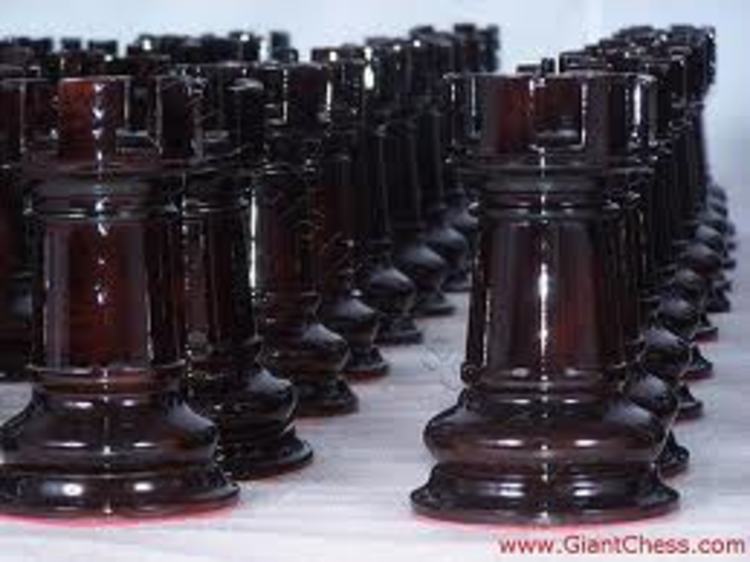Very Odd Rooks
 Originally, every square of a
chessboard contains a rook. A rook attacks another rook if they are on the same row or column and there are no other rooks between them. You may remove a rook (one at a time) if it currently attacks an odd number of rooks.
Originally, every square of a
chessboard contains a rook. A rook attacks another rook if they are on the same row or column and there are no other rooks between them. You may remove a rook (one at a time) if it currently attacks an odd number of rooks.
Find the maximal number of rooks that can be removed.
The answer is 59.
This section requires Javascript.
You are seeing this because something didn't load right. We suggest you, (a) try
refreshing the page, (b) enabling javascript if it is disabled on your browser and,
finally, (c)
loading the
non-javascript version of this page
. We're sorry about the hassle.
We claim that we can remove at most 59 rooks from the chessboard. First, we note that every rook at the four corners of the chessboard always attack 2 rooks no matter how many rooks we remove. For a corner rook to attack only one rook, another corner rook has to be removed, which is impossible in the first place. Next, note that we cannot leave behind only four corner rooks, because the last rook we remove from the chessboard will either attack no rook or the two corner rooks, which is an even number of rooks. Now, it remains for us to find a configuration where 59 rooks can be removed. There are many possible configurations, one of which include the following:
Key:
XX-corner rook
*- Rook left behind
(The number denotes the order the rooks are removed)
XX 01 02 03 04 05 06 XX
13 50 51 52 53 54 55 07
14 15 16 17 18 19 56 08
20 21 22 23 24 25 57 09
26 27 28 29 30 31 58 10
32 33 34 35 36 37 59 11
38 39 40 41 42 43 ** 12
XX 44 45 46 47 48 49 XX
Problem credit: International Mathematics Tournament of the Towns 2005 Senior A-Levels, problem 3